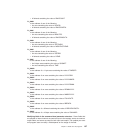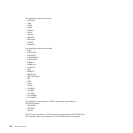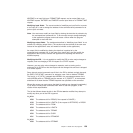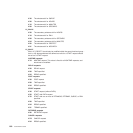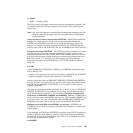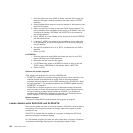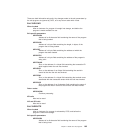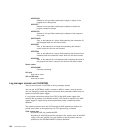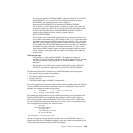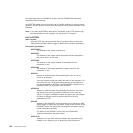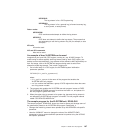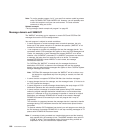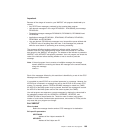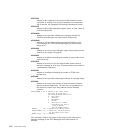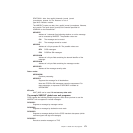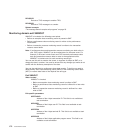If you do not provide a JOURNALMODEL resource definition for DFHLOG
and DFHSHUNT, or if you use the CICS definitions supplied in group
DFHLGMOD, the model log stream names default to
&sysname.DFHLOG.MODEL and &sysname.DFHSHUNT.MODEL.
For example, if a CICS region issues a request to create a log stream for
its primary system log, and CICS is running in an MVS image with a sysid
of MV10 and using the default JOURNALMODEL definition, the MVS
system logger expects to find a model log stream named
MV10.DFHLOG.MODEL.
If the system name of the MVS image starts with a numeric character and
is less than 8 characters long, CICS prefixes it with a “C”, so that the model
log stream name becomes C&sysname.LSN_last_qualifier. This is because
the MVS system logger rejects log stream names that begin with a numeric.
If the system name of the MVS image starts with a numeric but is already 8
characters long (the maximum), CICS does not add the “C” prefix, which
means that the MVS system logger will reject the default model log stream
name. However, your global user exit program can change the model log
stream name.
CICS general logs
LSN_qualifier_1.LSN_qualifier2.MODEL. The defaults for these two
qualifiers are the CICS region userid and the CICS region APPLID, but they
can be user-defined values specified in a JOURNALMODEL resource
definition.
For example, if the CICS region userid is CICSHT## and the APPLID is
CICSHTA1, the default model name is CICSHT##.CICSHTA1.MODEL.
The following information is passed to an XLGSTRM global user exit program:
v The name of the log stream to be defined
v The default model log stream name
v A system log flag
v The MVS system logger IXGINVNT parameter list.
Your exit program can amend the model stream name by updating the field pointed
to by the UEPMLSN exit-specific parameter. Here is an example of how your exit
program can change the model stream name:
L R3,UEPMLSN R3 = address of stream name
MVC 0(26,R3),=CL26’NEW.MODEL.NAME’
By updating the field pointed to by the UEPIXG parameter, your exit program can
amend the IXGINVNT macro parameter list used by the MVS system logger to
define the log stream. Use the IXGINVNT MF=M form of the macro, which allows
the exit to specify the log stream attributes to be used. Here is an example of how
your exit program can change the structure name:
L R9,UEPIXG
IXGINVNT REQUEST=DEFINE,
TYPE=LOGSTREAM,
STRUCTNAME=NEW_STRUCTURE,
MF=(M,(R9),NOCHECK)
...
NEW_STRUCTURE DC CL16’LOG_SYSTEST_009’
You do not need to code the list and execute forms of the IXGINVNT macro, or
include the IXGCON or IXGANSAA macros in your exit—these are provided by the
CICS code which actually issues the DEFINE request.
Chapter 1. Global user exit programs 165



